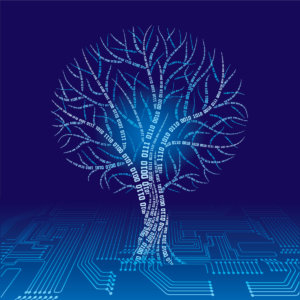Organizing for New Technologies
Getting an innovative technology to market can be a challenge for an established company when the technology runs counter to the company’s current business model. But the right organizational design can help.
Topics
The emergence of new technologies, while holding great promise for society, often threatens the viability of established companies. There are plenty of well-known examples of this, such as the Eastman Kodak Co. and Polaroid Corp. and the advent of digital photography. In many of these cases, the core challenge for established companies stems not from a lack of recognition of or investments in emerging technologies. Instead, it stems from the challenge of commercializing an emerging technology whose economic attractiveness with respect to the company’s existing business model is not at all obvious in the near term.
Today, managers in many prominent sectors, including autos, financial services, energy, and health care, face the challenge of pursuing emerging technologies that carry a high degree of uncertainty with regard to their economic viability and their companies’ competitive position. However, what is sometimes lacking is an understanding, guided by systematic empirical evidence, of what managers can do to overcome this challenge. Our research offers some insights.
To understand the challenge, one first needs to recognize the distinction between the new idea (invention) and its subsequent commercialization through a product or service (innovation). This is important because, within established companies, the decision-making processes and logic governing inventions differ significantly from those governing commercialization. Engineering and scientific personnel typically drive inventions within new technological domains, whereas business development and marketing managers drive the subsequent commercialization. The guiding logic for inventions tends to be around the search for superior solutions to existing problems or unmet customer needs, while the guiding logic for commercialization tends to be around improving the competitiveness and profitability of the business.
These logics may be mutually consistent in the case of some emerging technologies (such as energy-efficient vehicles and wireless telephony). However, in other cases, they create organizational tensions stemming from business model considerations related to how established companies create and capture value. For example, engineers at Xerox Corp. in the 1970s pioneered key inventions in information technology (such as the graphical user interface and Ethernet computer networking). But Xerox did not aggressively pursue commercializing these innovations itself because the company’s top management thought they did not fit with the company’s existing copier-based business model.
We studied such tensions and possible solutions to them through a two-year field study of the pharmaceutical industry.


Comment (1)
Tinko Stoyanov